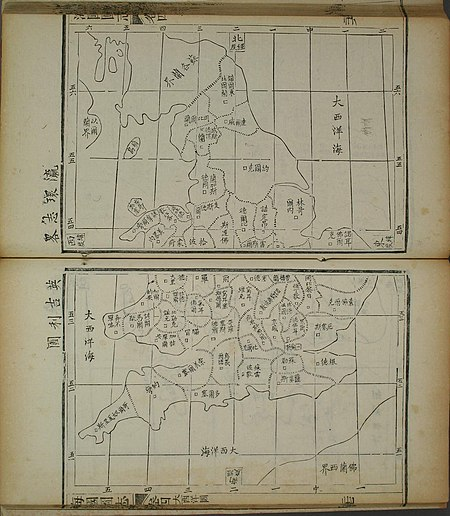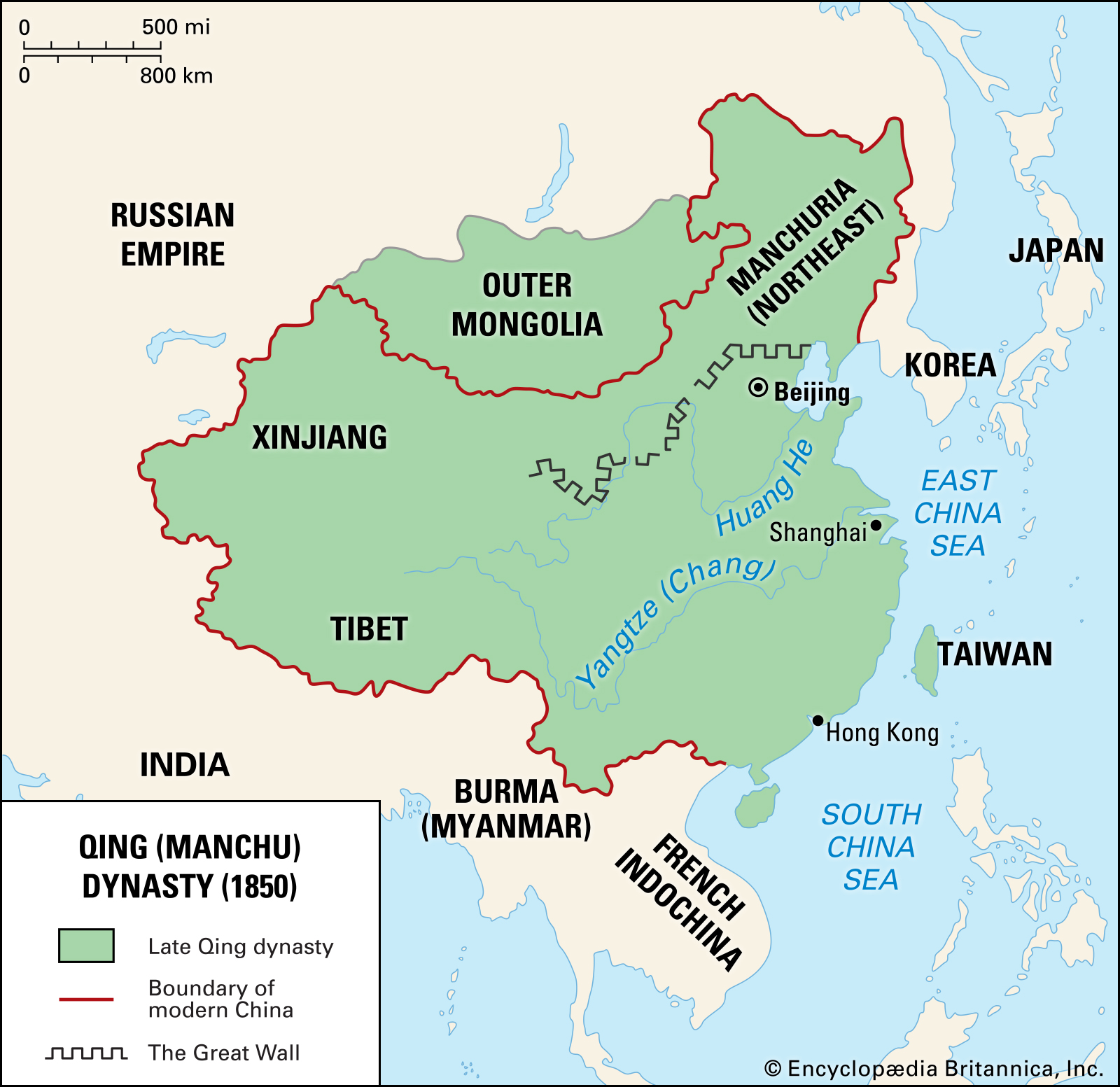
Map of England from the Hǎiguótúzhì

日本:掌握iteki的长期技能并控制iteki:“海上插图集”的教学
日本明治维新:
日本是中国古代的老师。
在中国,许多人认为日中之间的转折点在于“明治维新”。
中文媒体信息:
3月1日,发表了一篇文章以支持明治维新,并介绍了一本“使日本成为亚洲强国的书”。
作者是中国人。
不幸的是,这项工作并未在中国传播。
海介介介绍的作品是魏源在清代撰写的《海上插图集》。
“海上插图集”的教::
《海上插图集》介绍了世界地理,西方技术和思想。
“以Ezo的长技能为老师,并以此来控制Ezo”:
换句话说,通过学习国外的先进技术,
坚持防止侵略贵国,
他主张出国学习的重要性。
这本地理书描述了西方的先进技术。
中国的回应:
这本地理书对于使清朝人民了解外界情况非常有用。
但是,他批评说:“清朝统治者禁止了海洋国家地图,采取了愚蠢的政策。”
日本的回应:
日本的回应与清朝正好相反。
当《插图海洋论》从中国进入日本时,它“立刻引起了轰动”。
我很惊讶,“日本在外面这样吗?”
明治维新的成功之处:
教育日本人民进行西化,
获得西方技术和设备,
利用抗日战争中获得的赔偿,
他说:“我们成功地进行了明治维新,并成为亚洲第一大国家。”
关于《海洋插图集》的书信差异:
清朝的文章回忆说,清政府的失败是“中国认为是世界中心的一种待遇”。
以此,他告诫“清政府灭亡将是一个时间问题”。
在这个时代,日本和中国在海上国家地图上的反应差异是一个教训。
中国搜索
- 西洋化に向けて日本国民を教育し、
- 西洋の技術と設備を手に入れ、
- 日清戦争で手に入れた賠償金を使い、
「明治維新を成功させて、アジア一の国になった」と説いている。
海国図志を巡る対応の違い:
快資訊の記事は、清政府の失敗は「中国が、世界の中心だと思っていたおごりにある」と振り返っている。
これでは「清政府が、滅びるのも時間の問題だったろう」と自戒した。
海国図志を巡る日本と中国の反応の違いは、今の時代にも教訓になっている。
中国-サーチナ
http://news.searchina.net/id/1697390?page=1
Illustrated Treatise on the Maritime Kingdoms
The Illustrated Treatise on the Maritime Kingdoms, or Haiguo Tuzhi,
is a 19th-century Chinese gazetteer compiled by scholar-official Wei Yuan and others,
based on initial translations ordered by Special Imperial Commissioner Lin Zexu.
The Treatise
is regarded as the first significant Chinese work on the West[1] and one of China’s initial responses to the Anglo-Chinese First Opium War (1839–1842).[2]
Eventually stretching to one hundred juan, or scrolls,
the treatise contains numerous maps and much geographical detail covering both the western and eastern hemispheres.
Wei’s book
also garnered significant interest in Japan and helped mould the country’s foreign policy with respect to the West.
– Wikipedia
https://en.wikipedia.org/wiki/Illustrated_Treatise_on_the_Maritime_Kingdoms
Wei Yuan | Chinese historian |
In 1844 Wei published his best-known work, the Haiguo tuzhi (“Illustrated Gazetteer of the Countries Overseas”),
on the geography and material conditions of foreign nations.
Although handicapped by the ignorance and superstition with which the Chinese viewed the West,
this work was the first to make use of translations from Western sources. Wei proposed that the Chinese learn the superior technology of
the barbarians (in his day, Westerners seeking trading rights) so as to be strong enough to deal actively with their challenges.
This idea provided the justification for the reform of the Chinese state attempted in the 1860s and ’70s,
when its leaders finally began to introduce Western devices and technology into China.
Britannica